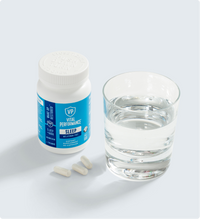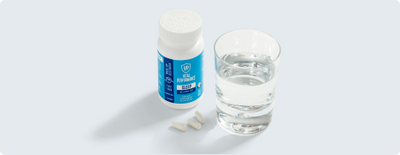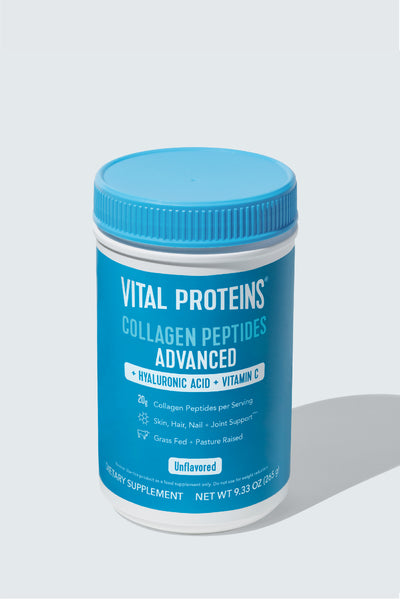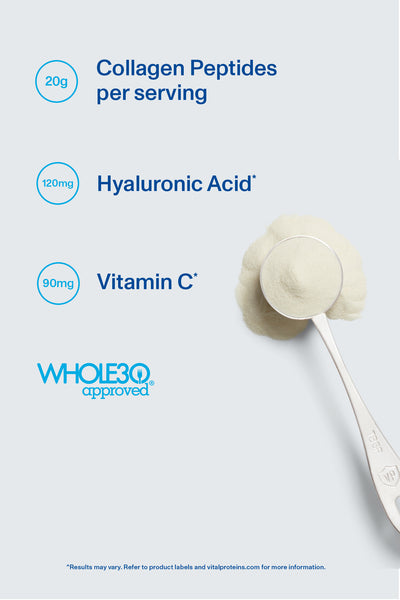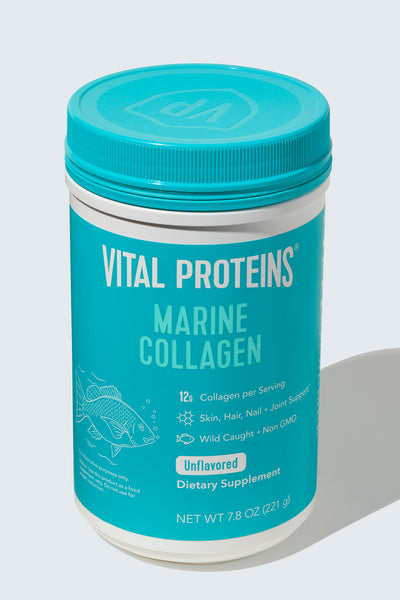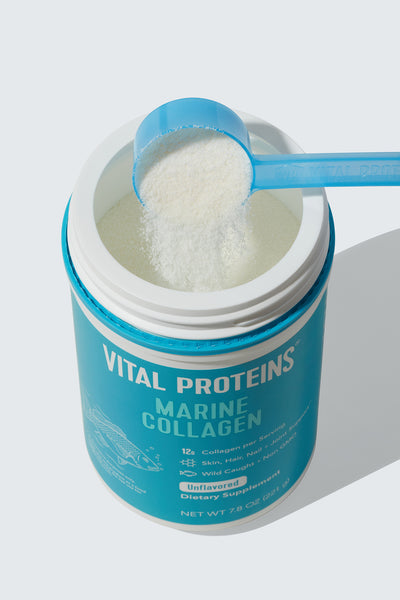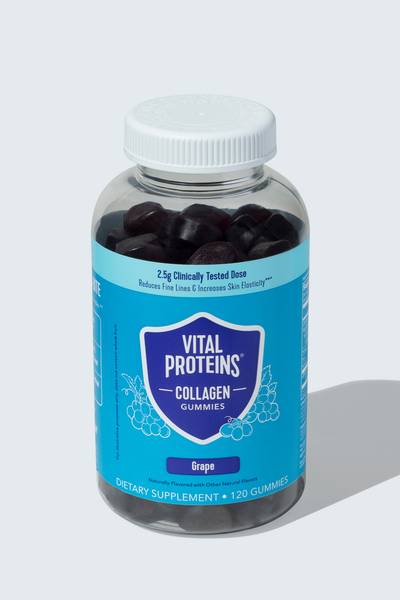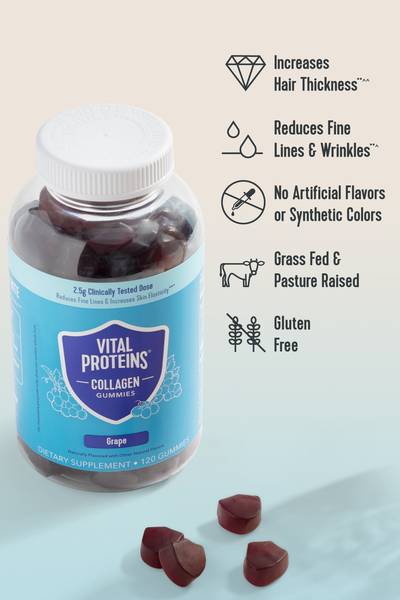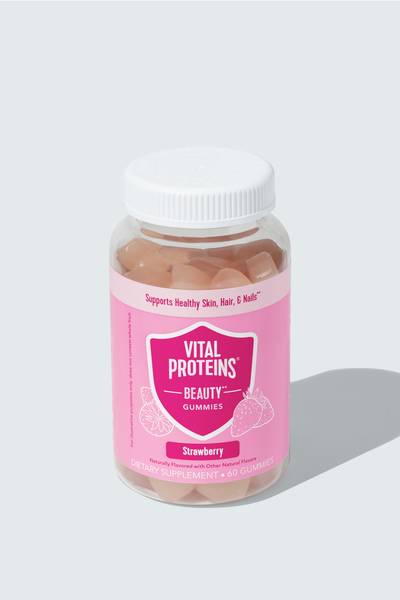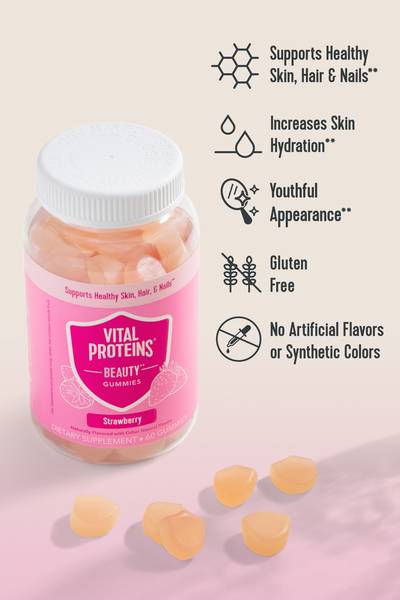Maintaining a perfectly spotless home every day simply isn’t possible (that is unless no one is living in it), and while we’d love to avoid household stains or messes from red wine to permanent marker, the fact remains that sometimes accidents happen. Before panic sets in, it’s important to remember that luckily most stains can be removed.
We’ve consulted with a few cleaning experts about how to deal with some of these common at-home messes, so keep reading for their tips and bookmark for peace of mind when those inevitable spills and stains occur.
Cleaning red wine stains
Spilled red wine on your new couch or carpet? Don’t fret, we’ve got you covered. Beth McGee, author of Get Your House Clean Now: The Home Cleaning Method Anyone Can Master says that Resolve Multi-Fabric Cleaner and Upholstery Stain Remover works wonders when it comes to tackling wine spills on fabrics, furniture and carpet. “Dab the spill with a paper towel or other cloth without rubbing it in,” she says, “Soak up as much as you can with the cloth and then spray according to directions on the container.” She notes you’ll want to follow this up by rinsing the area with water (if the fabric surface is safe to do so), let the area air dry and repeat until the stain is gone.

Removing hard water stains
Ah, those pesky hard water stains that seem to linger on shower doors. The Green Cleaning Coach, otherwise known as Leslie Reichert, tells Lively one of her go-to techniques to get that glass sparkling again is to use half a lemon followed by a bit of Dawn dishwashing detergent. “The acid in the lemon cuts the hard water spots and the alcohol in the Dawn lifts the dirt away,” she says.
McGee has two other suggestions you can try the first is to reach for a liquid toilet bowl cleaner designed for hard water/rust stains, as she notes it should be able to remove most, if not all, of the water spots.
“Pour the product on the glass surface and rub in a circular motion with a non-scratch scrubbing sponge or other non-scratch scrubbing tool, let the area sit for five minutes and then pour water over the surface and continue to scrub in a circular motion,” she explains. “After scrubbing, pour more water over the surface to rinse the product until it's gone and then use a squeegee to remove remaining water.” Wrap up the job by wiping down with a dry microfiber cloth, followed up with a glass cleaner to finish. “Be careful to use the product in a well-ventilated area and be mindful of metal surfaces like trims and fixtures — these surfaces may not be friendly for this product,” McGee warns.
She lastly notes that water spots can be removed with Bar Keepers Friend and a damp cloth in a circular motion. “You don’t need to let it sit — just use it as a non-scratch abrasive with water to scrub the water spots off and rinse when you’ve removed as much as you can,” says McGee. “Repeat as needed, dry with a clean cloth and finish with glass cleaner.”
Handling permanent marker woes
If you have little ones running around, then you’re likely familiar with the experience of all havoc breaking loose in a matter of seconds. Say your tot has managed to get their hands on a permanent marker and made a mural on your wall or couch. Don’t panic (although we know much easier said than done).
“I have had great luck with rubbing alcohol,” notes Reichert, adding that the sooner you treat the area, the better. She also points out that you’ll want to dab the alcohol on the inked area rather than pouring on the stain (pouring rubbing alcohol will break the marker down BUT then it will spread into the area around it). “Instead, use a little patience and just keep dabbing.”
Another idea is hairspray. “I have always used aerosol hairspray on permanent marker — it contains acetate which can be quite effective in removing permanent ink,” says McGee. If you want to opt for this technique, she recommends first testing a small, out of the way area of the surface to be sure the hairspray doesn’t damage it. “Once you’ve determined it’s safe, spray the permanent marker with the hairspray and let it sit for a minute, but don’t let it dry.” From here, use a toothbrush or light-colored microfiber cloth to gently scrub the marks and repeat if all the ink isn’t removed.

Dabbing out nail polish stains
No need to cry over spilled nail polish! If you’re dealing with a tiled bathroom floor, McGee says that rather than trying to wipe up immediately, “it can be most effective to allow the product to dry on the tile, and once it’s hardened, use a razor blade to scrape as much as you can off the surface.” You can also test a small, hidden area of the tile to see if nail polish remover will harm the surface of the tile, and if it doesn’t, you can rub gently on the tile with a microfiber cloth to remove any residual polish.
Carpet can be a little trickier, but still possible! Family Handyman recommends dealing with it the sooner the better (the longer the polish sits, the harder it can be to remove). Wet the stain with cold water, spray the area with a decent amount of hairspray and follow it up with a couple splashes of rubbing alcohol. Using a toothbrush or small scrub brush, scrub the polish stain for about a minute while pouring cold water onto the area. Finally, pour a non-acetone nail polish onto the stain and continue to brush it out. Gently blot the stain (don’t rub) with a white cloth until the color is gone.
Getting rid of pet hair
We love our furry friends, but sometimes that pet hair can be a bit of a nuisance. If your vacuum cleaner simply isn’t cutting it, Reichert says you can simply put on plastic dish washing gloves and wipe them over the area with pet hair. “The gloves create static and pull the hair right out of the couch or carpet.”
Cutting through grease
Grease-splattered stovetops and microwaves is no doubt one common mess many of us deal with on a regular basis. In this case, Reichert notes that rubbing alcohol works amazingly well. “You can wipe down the area with the rubbing alcohol and then go over it with a sudsy cloth to pick up the grease and alcohol,” she says. After that, you’ll want to simply dry the area with a microfiber cloth.
“The best product for degreasing is Dawn Platinum Powerwash Dish Spray— just spray this product on the surface and let it sit for two or three minutes and then wipe off,” adds McGee. She points out this technique works for a number of areas in the kitchen including stoves and ovens, backsplashes, toaster ovens, pans, counters, microwaves, and overhead range hoods and filters. She does also highlight that stoves and ovens may require use of a non-scratch sponge to wipe clean such as Scotch-Brite or Scrub Daddy.



